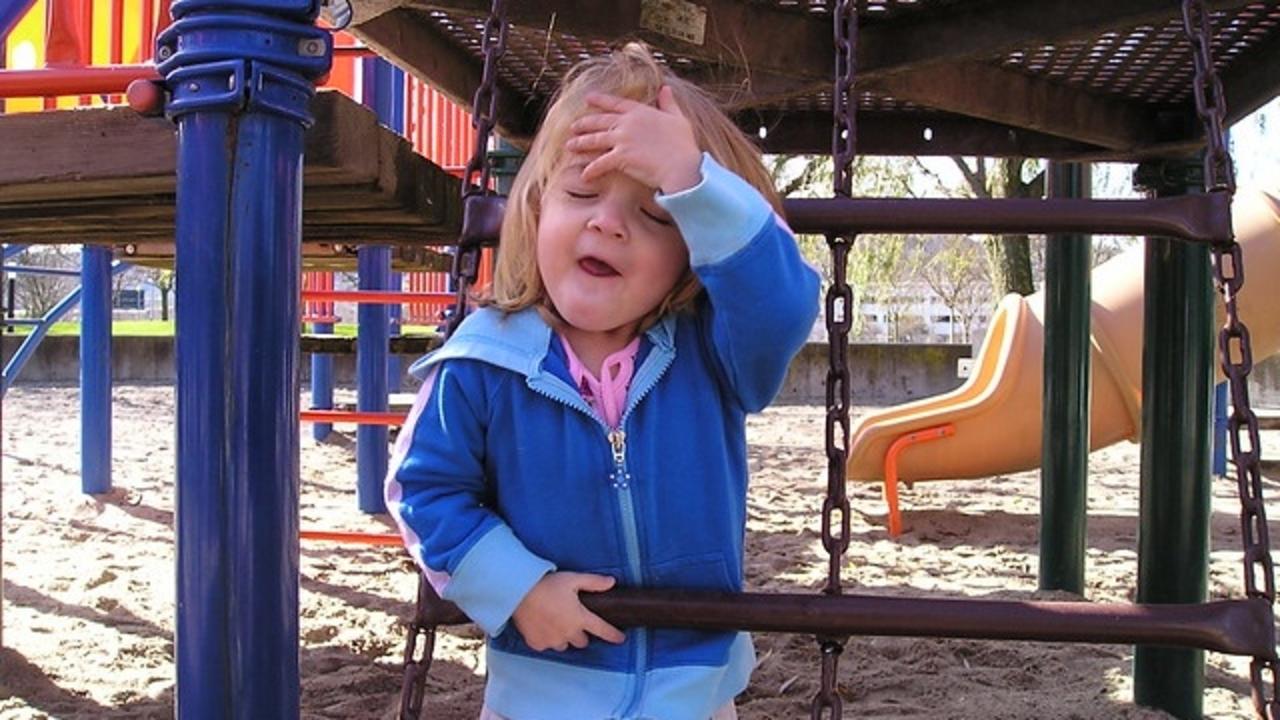Honoring Mistakes and Recovering from Failure
Aug 13, 2019
We've all experienced failure whether it's failing a test, a presentation, following through on a promise, or teasing a friend too hard and breaking their trust.
I made a mistake this week while teaching a self defense and violence prevention course. I was working with middle school girls and the last exercise we do is to practice seeing targets on another person in different positions. I forgot to do the first piece of the exercise and then the girls were very confused by the end. I felt badly that I'd not delivered them the experience and practice I'd intended.
When assessing what I need to recover from failure I have a couple of options to consider: apologize to others, apologize to myself, identify lessons learned, make amends, or physically process the experience.
Apologies to others are sometimes simple and other times more involved. Here is an article by Marjorie Ingall that identifies the important aspects of an apology and also shares some humorous apology failures. How to Say You're Sorry
Apologizing to yourself is equally important. I usually have to pair an apology to myself with a lesson learned or amending action. An amending action, must be entirely in your control, no aspect of the action can include someone else's reaction or acceptance. If your amendment requires someone else's participation you may not be able to complete it and risk more failure. If you're making amends to yourself it has to be something that you can do independently.
For my mistake in class this week, I recognized what I would do differently next time and also implemented the Failure Bow, a physical gesture I learned from Matt Smith's TedTalk. He describes putting your hands high above your head in surrender and giving a big grin to show your vulnerability and acceptance of the situation. Dogs do the same thing when they play too hard sometimes, they recognize they've gone too far and roll over with the legs up in the air and give a big grin saying, they didn't intend harm!
Rather than cowering and hiding from mistakes, I find performing the Failure Bow ends the rumination cycle and the hold it has on me. Rather than the guilt repeating over and over in my mind, I am able to release it. When you make a mistake you're vulnerable and you have to acknowledge that vulnerability before you can move on.
I also process my failure by talking to others about my experience. If you feel alone in your failure there is a whole new layer to it. Often times if you feel that no one else has made the same mistake, the guilt turns into shame. Guilt means I've done something bad. Shame means I'm a bad person. If you can't process your feelings of guilt with anyone is can take hold and become part of your identity, weakening self-confidence and self-worth.
Letting failure take over can cause loss of sleep, impact appetite, inflame old injuries, cause headaches, and create inflammation. You don't have to live with shame or guilt. You are not a bad person. We all make mistakes, some bigger than others. Find someone you trust to share your vulnerabilities with.
Here is my list of actions for failure recovery:
- share experience with a friend
- apologize to others
- apologize to myself
- identify lessons learned
- make amends
- physically process the experience


